Guided reading can be one of the most powerful components of your literacy block. It can also be one of the most difficult instructional routines to implement.
First of all, there’s the question of what guided reading should include: What are the components of an effective guided reading lesson? What skills should I teach during guided reading? Do I need to incorporate word study? How about writing?
Then there’s the time crunch – how do we fit in everything we want to teach in such a short amount of time? Which parts of the lesson are most important?
This is the first post in a series that will attempt to answer all of these questions. Guided reading is something that has intensely challenged (and continues to challenge) me as a teacher!
Practice doesn’t make “perfect,” but it sure does make “better!” Throughout my years of teaching, I’ve learned more and more about how to effectively implement guided reading, and I’ve also done a good bit of reading on the topic. My hope is that, through this series, I will inspire you to tweak, rethink, or refocus your own guided reading instruction.
To kick off the series, today’s post will give a general overview of different lesson structures for guided reading.
Each of the following posts will focus on the key parts of a guided reading lesson (book introduction, reading the book, post-reading conversation, and follow-up activities). The final post will address something that I personally find very challenging – finding the time to fit it all in and manage instructional time effectively.
What this series won’t cover is what the “other students” are doing during guided reading time (aka independent work, literacy work stations, or centers). That’s a whole other ball of wax for another time! However, I do have a couple of posts about this topic, which you can find here:
- Literacy centers that work
- How can I teach guided reading if the other students won’t work quietly and independently?
But back to today’s topic – the essential components of a guided reading lesson. In this post, I’ll describe what I consider to be the most important parts of a guided reading lesson. I’ll discuss how and why these components may vary, as well as provide multiple types of (free) guided reading lesson plan templates.
The information in today’s post is geared toward Kindergarten, first, and second grade classrooms. I’ll discuss how guided reading lessons vary between these grade levels, but I’ll go more into depth about these variations later on in this series.
Okay. Let’s dive in!
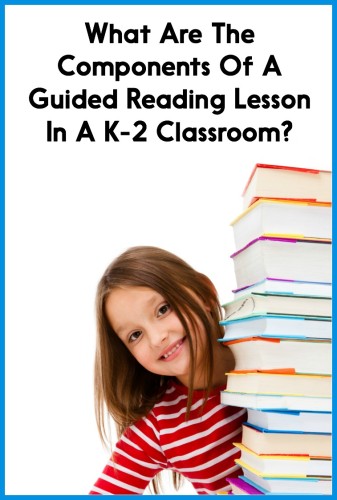
Photo credit: Jacek Chabraszewski, Shutterstock
A Typical Guided Reading Lesson
I’m not sure there’s really a typical guided reading lesson format, but…here’s what I include in each lesson (this is based upon the courses I’ve taken and reading I’ve done):
- Rereading familiar texts
- Book introduction
- Reading of a new text
- Post-reading discussion
- Follow-up activities
This lesson format may vary a bit if you have pre-emergent readers (who cannot yet read a level A or pre-A book). You may want to incorporate more work with phonemic awareness, letters, and print concepts than is included in the format above.
Also, some teachers (like Jan Richardson) use a 2-day lesson plan format, where some components are included on the first day and other components on the second day. I’ll talk more about that later on in this post.
Before I share more about each component, do you have my free guided reading toolkit? It has materials to help you implement all of these lesson parts! If you don’t have it yet, download it for free HERE!
Rereading Familiar Texts
I think that having students reread familiar texts (that they’ve already read during guided reading) is a fantastic way to start each lesson. This practice helps students develop fluency and grow their sight word vocabularies.
Moreover, setting aside time for rereading at the beginning of the guided reading lesson serves an important logistical purpose.
Sometimes I need a minute to help the other students get settled in their centers or workstations. If my guided reading group knows that they immediately sit down and begin pulling familiar texts from a book bin, this occupies them while I’m busy. It also prevents me from wasting valuable instructional time (I don’t want students to sit there and do nothing while they wait for me to handle something else in the classroom).
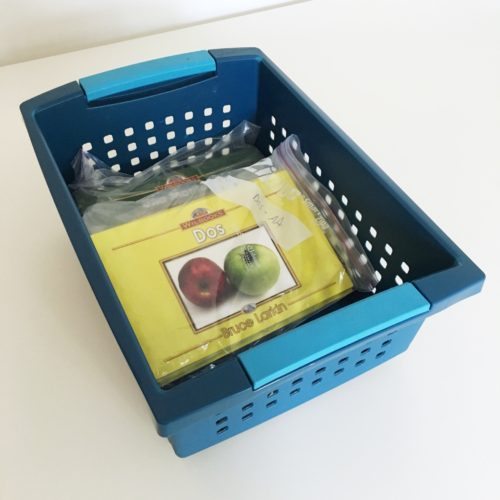
Another great reason to start your lesson off with rereading is because it gives you a valuable opportunity to take a running record. During those first few minutes when students are rereading, I grab the text from the previous day’s lesson and have one child read it aloud to me. (I don’t do this during the new read because I need to be available to help coach students.)
If I’m working with “older” primary students (late first grade or early second grade), we don’t necessarily need to make it through the whole book for the running record. As long as they’ve read a couple of pages to me, I can calculate their accuracy and get a good sense of how they are using problem-solving strategies.
As long as I have time, I also like to have the “running record” student quickly give me a retelling of what they just read. I can quickly rate their retelling on a scale of 1-3 and track their progress over time.
I find running records to be so helpful in tracking my students’ progress and figuring out what to teach them next. You can read more about how to administer a running record (and get free forms) by clicking HERE.
Book Introduction
After I finish the running record, I have students put the books back. I then introduce the new book for the day (if I’m working with older primary students, we may just be reading the second half of a book that we started during the previous lesson).
Next Saturday’s post will address the book introduction in much greater depth. However, here are some important points about the book introduction:
- It’s a conversation that involves children in actively previewing the text and activating any background knowledge that they may have about the topic.
- It “fills in the gaps,” enabling students to read the new text without getting stuck in too many different places.
- It introduces important language structures and words that students may need in order to be successful with the text.
- It covers key concepts in the text without showing every page or giving away the ending.
- It may include a brief tip about using a reading strategy, but it does not include in-depth strategy instruction (that comes later).
- It gets students interested in and excited about reading the book, and it provides them with a purpose for reading.
Reading of a New Text
After the book introduction, we read! And when I say reading, I do not mean round robin, popcorn, or choral reading. I mean that students are reading all of the words independently, at their own pace.
Having students take turns reading or always having them read the text together does not give students enough opportunities for independent practice. Students can very easily mumble along with the group, without trying out a single strategy or problem-solving any tricky words.
Guided reading is all about practice, so have students whisper read (or silently read – in late first grade and second grade) all of the words on their own.
That said, some students in Kindergarten or early first grade may need more support than the book introduction in order to be successful with the text. You may need to read the book aloud to students first, or do an echo read or choral read. Then, have students read the book for the second time – but this time, they should do so independently. For more detailed information about how to provide support to pre-emergent readers during guided reading, please read this post.
Anyway, while students are reading the text, your role is to listen and coach them when necessary. I try to listen to each child read at some point. I teach them that when I tap the table in front of them, I want them to raise their voice so that they’re reading just loud enough for me to listen.
Want some strategy visuals like these to provide students with support as they read? Grab some FREE ones here!
In a future post in this series, I’ll share more about how to effectively coach students as they read the new text.
Post-Reading Discussion
Immediately after students finish the book (have them reread if they finish early), you’ll want to engage them in a conversation about the content of the text. My personal preference is to address address comprehension first. This drives home the point that reading is all about making meaning.
Most readers in grades K-2 will need lots of practice with retelling the text (using the pictures and text itself). It’s also helpful to prepare a higher-order thinking question to follow the retelling.
After we talk about the content of the text, I take a couple of minutes to teach a reading strategy (i.e. “Listen to your reading to make sure that it makes sense” or “Use the first and last letter of a word to figure out what it says”).
Sometimes I know, going into the lesson, what strategy I want to teach. It might be something that the group has recently started working on, or a strategy that I’ve noticed none of the students are using.
If I know exactly what strategy I want to teach, I might prepare a visual like this one (tabletop anchor chart stand can be purchased HERE):
However, sometimes I don’t know what strategy I’m going to teach. While students are reading, I can look for a need – a strategy that a child or several children are not using, but that would serve them well. Or, I can look for a strategy that one child is using that the other children are not.
When I teach the strategy, I do some modeling that uses a part or parts of the day’s text to show students how I’d use a strategy. If one student used the strategy, I point that out to the group and talk about what he/she did. If possible, I try to find some opportunity for students to try out the strategy on their own.
Follow-Up Activities
I’m going to be completely honest and say that, in the past, I’ve struggled to make time for follow-up activities at the end of my lessons. However, guided reading can be a great time to do some quick word work or writing.
The activities that you choose to use at the end of a lesson will depend entirely upon two things:
- Your students’ needs
- The overall structure of your literacy block
If the students in one group need a lot of work with phonics, you will want to include this type of work at the end of each lesson. On the other hand, if students have a strong mastery of word patterns, this may not be necessary.
Additionally, the overall structure of your literacy block matters in terms of what follow-up activities you choose. If you have a daily 20 minute word work block during which you differentiate your teaching and see students in small groups, you may not need to include much word work in your guided reading lessons. Similarly, if you are able to find time to see small groups during your writing block, you may not need to have students do a ton of writing during guided reading. It really just depends upon your unique situation.
What Matters Most?
This might sound like a lot of “stuff” to fit in a guided reading lesson. And it really can be!
So what’s most important? What should we make sure that we include in every lesson, no matter what?
My answer is this: reading and discussing a text.
Guided reading is all about getting kids actually reading. It’s practice for independent reading!
And because guided reading is taught in a small group setting (rather than whole group), you can more easily give each student the support she needs as she progresses along her journey to become a skilled independent reader.
Reading = the most important part. 🙂
Variations
There are many different ways to structure your guided reading lessons, and there’s certainly no one “correct” format.
I vary the template I use depending upon students’ reading levels, the length of the book we are reading, the amount of time I have for each lesson, and how often I can see each group.
When I work with Kindergarten and early first grade readers, I generally try to get through one book per lesson. I don’t want to rush through the texts, but I know that beginning readers need to get through a lot of different books in order to be successful. If I only see each group a couple of times per week (with the exception of my lowest group, who I try to see daily or almost daily), stretching a book out over multiple days limits their experiences with new texts.
However, sometimes I’ve had the opportunity to see each group about 4 times per week. Typically this only happens I have support, like another teacher or reading specialist who is also teaching groups. But in this case, I can use a book over two days, with a decoding focus on the first day and a comprehension focus when we reread the book on the second day.
If I’m working with late first grade or second grade readers, a two-part lesson plan can be more appropriate. I can have them read the book in its entirety during the first lesson, with a focus on decoding. On the second day, we reread the book, focus on comprehension, and do some writing. Again, you should always consider the needs of your students and frequency with which you can see each guided reading group before selecting this type of lesson.
If texts are rather long (level L or higher), I break them up over two lessons (very rarely do I stretch out a text any longer than two lessons). We read the first part of the book during the first day. On the second day, we reread the entire first part, or just a section of it, with a focus on fluency. Last, we read and discuss the rest of the text.
To make all of this more concrete, I’ve created some lesson plan templates for you to use. You can choose to edit them and type directly into them, or you can print them out and fill them in.

Click on the image below to sign up to have them sent to you! You will also get some additional guided reading materials that I’ll reference in later posts.
(Note: even if you’re already subscribed to my list, please sign up at the image above. It won’t subscribe you twice – it’ll just automatically send you these new materials. 🙂 )
I hope that today’s post was helpful in providing a general overview of the components of a guided reading lesson! If you’re looking for resources and activities to help you get organized and engage students during guided reading, please click on any of the images below. For other bundle options or individual levels, click HERE.
In the next five posts, I’ll go more in-depth into each part of the guided reading lesson, giving you examples and suggestions for modifications and differentiation. Check back next Saturday and Sunday for the next two posts in the series!
Update: The posts in this series are now complete! Check them out here:
How to Craft Strong Book Introductions for Guided Reading
How to Effectively Coach Students During Guided Reading
What To Discuss After Students Finish A Book During Guided Reading
10 Post-Reading Activities for K-2 Guided Reading Lessons
Overcoming The Guided Reading Time Crunch
Resources
Fountas, I. C., & Pinnell, G. S. (1996). Guided reading: Good first teaching for all children. Heinemann, 361 Hanover Street, Portsmouth, NH.
Richardson, J. (2009). The next step in guided reading: Focused assessments and targeted lessons for helping every student become a better reader. Scholastic Incorporated.
*The authors of this text are in no way affiliated with this blog – I am referencing their work as a means of explaining and supporting the ideas I set forth in this post.*

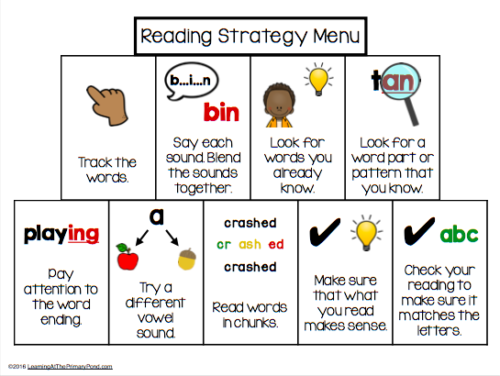

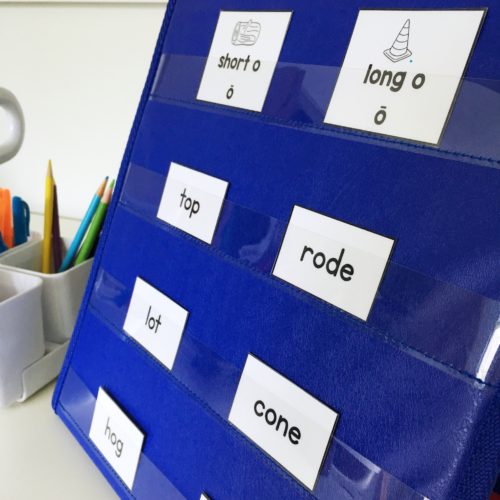

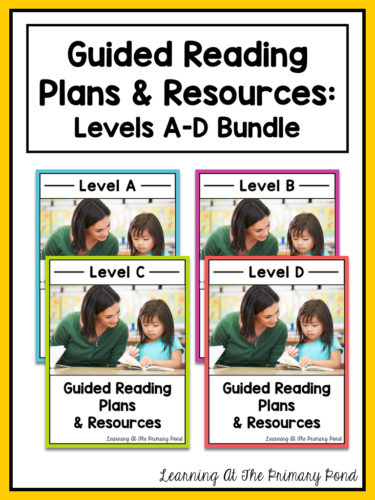
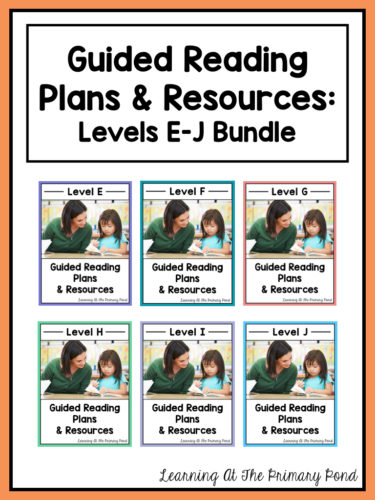
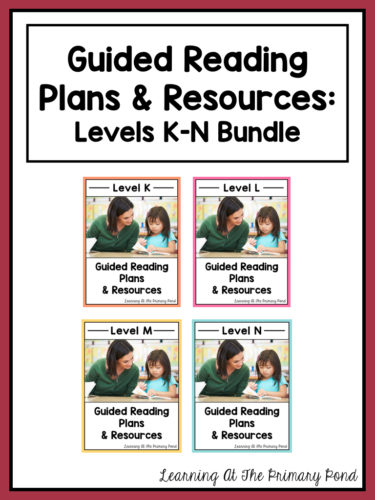
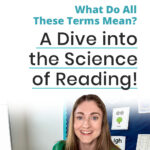
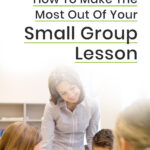
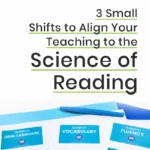
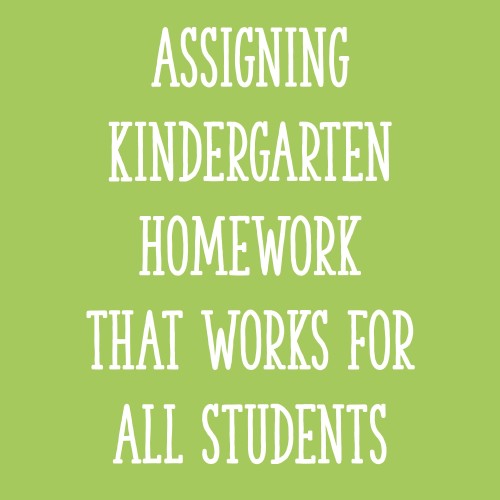
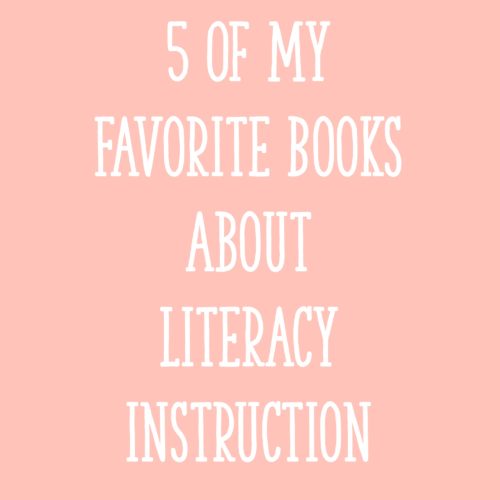


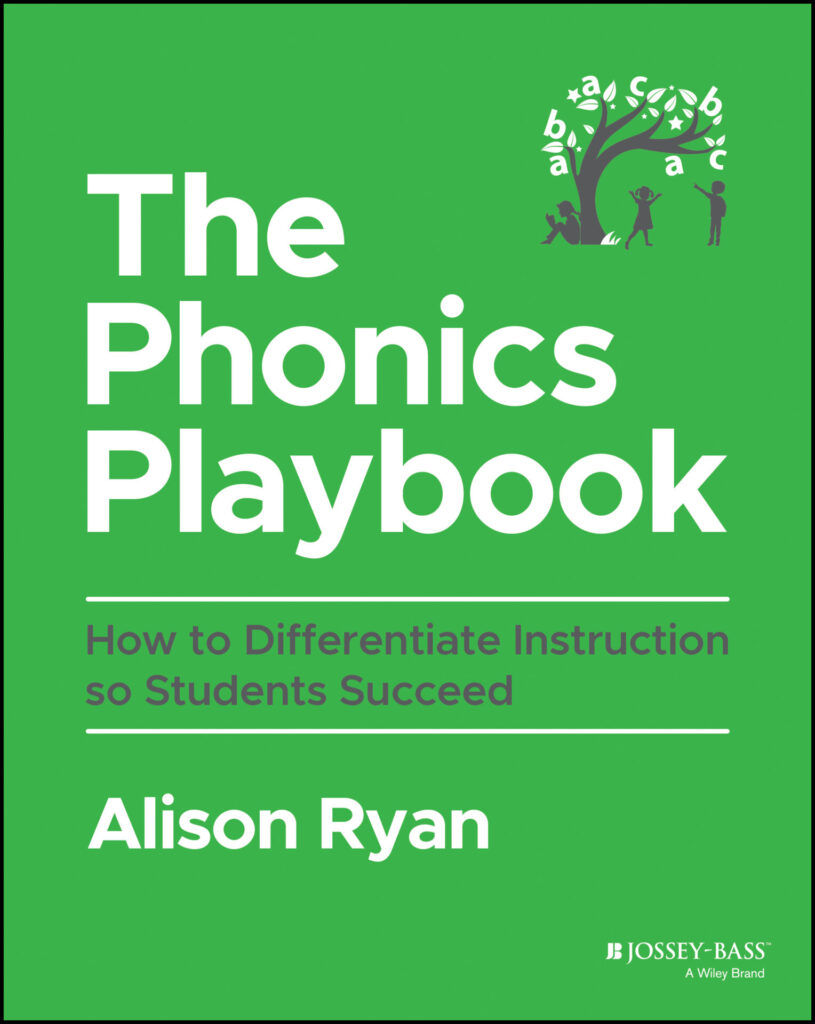




Great read! Thank you for all the time you spend helping others!
You have some great stuff here. Thank you so much! Guided reading is an area I could use more help. Thanks!
Alison, Your posts are always so helpful … they often re-direct me back to the resources and thought processes that are so easy to lose sight of during the busy-ness of the school year. Thanks for the inspiration!!! 🙂 Ana
Ana, I’m so glad to hear that! Yes, it’s so easy to lose sight of things with how busy everything gets. Thanks for reading and commenting!
Alison
I’d love to have the free resources! katie.lawson@amaisd.org Thanks!
Hi Katie! Go ahead and put your information in the boxes within the post and it will be sent to you automatically. 🙂
Alison
Thank you for sharing all of your wisdom. I have implemented many of your ideas for struggling readers in my first and second grade classroom and am seeing positive results.
Amy, I’m so glad to hear they’ve been helpful with your students! Thanks for reading and commenting. 🙂
Alison
Wowww! This is soooo complete. Love it! I wish sometimes I could teach english!! I could use sooooo much from your blog. It is hard for me to re adapt, since is in spanish. Your information is so valuable!! /
I have searched a lot other blogs, but yours is my favorite! Has more of what I like. Actual and real things (:
Aw, thank you Ibeth! Most of the ideas of this post actually do apply to teaching in Spanish – they’re basically the same ones I use with my bilingual Kindergarteners. 🙂
Alison
I think the hardest part for me is finding a new book for 5-6 groups of kids on different levels everyday or so. That is so time consuming! Any suggestions?
Hi Emelie! Do you see 5-6 groups per day? Wow! If so, you might want to consider stretching a book out over two days. The free download in the post has some 2-day lesson plan templates you might find helpful. 🙂
Alison
Soooooo helpful! Thank you!
I have really loved reading these posts about guided reading!!! So helpful as I feel like I was in a rut with my program!! I’ll be starting fresh this week! Your guided reading lesson plan is also amazing 🙂 Thank you for all your valuable information
I’m so glad they have been helpful, Angie! Thanks for following along and commenting. 🙂
Alison
How often do you meet with a group? Give new books? Running records?
Hi Shenice! It just depends on the ages and needs of the kids, but generally I try to meet with my lowest group most often. We have a new text every time we meet (unless we are finishing/going more in depth on a previous read). I do take running records every day (just on one student per group). I have some free online workshops on guided reading coming up that you might be interested in! https://learningattheprimarypond.com/upcoming-free-workshops-learning-primary-pond/
Alison
Approx how long does one of your guided reading sessions go for?
Hi Nicole! Definitely depends, but I’d say the average is around 15 mins. With Kinders at the beginning of the school year, it’s definitely shorter! And sometimes with 2nd graders and up I will go a few minutes longer, if I have time. I hope this helps!
Alison
Hi Alison,
Thank you for so many tips and resources to organise and deliver guided reading effectively.I still struggle with this area of the curriculum so I will follow lots of your advises.
This will be my first year teaching kinder so I am nervous about the guided reading. Thank you for all your products, time, and support you have shared with the teaching community!! This post has given a glimmer of hope that I can do this and that I will start my year off knowing what I am supposed to be doing. Again, thank you.
You’re welcome!!! I’m so glad this is helpful. You will do great with your Kinders, I’m sure! Guided reading takes some time at that level, but I know you will really enjoy it and love watching them grow!
Alison
Thanks very, very informative and helpful.
Very, very helpful and informative.
I would love to have the resources, but when I click it states that it is not available. Thanks in advance.
So sorry about that! Try this link: Free Guided Reading Toolkit